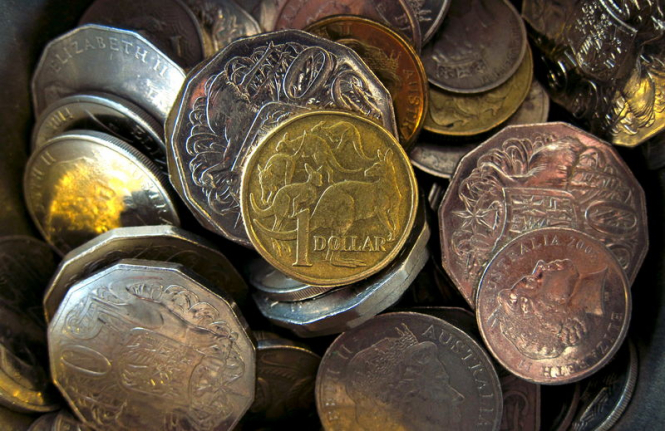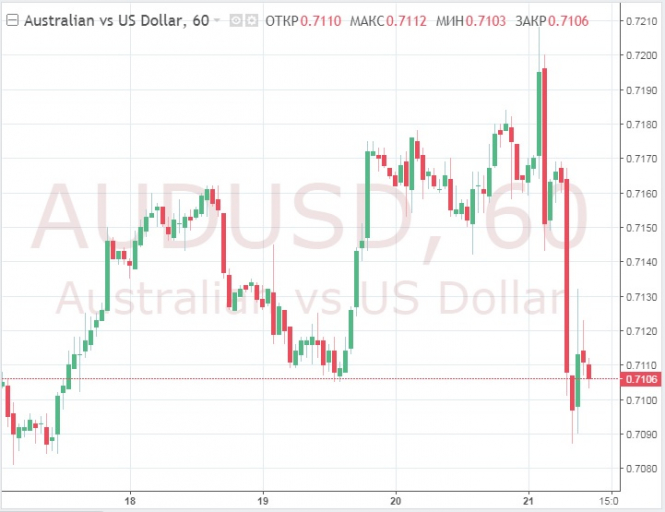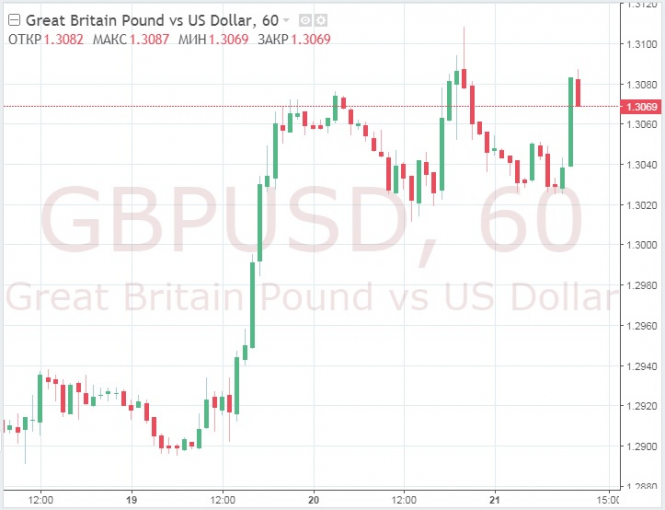
The Australian dollar is losing value again, experiencing a very volatile session. Recall that at the beginning of the session, the Australian rose to a two-week high of 0.7207 dollars, which was helped by strong employment data in January. However, it failed to linger at the summit and quickly lost altitude. Traders attributed the fall to Westpac's lower-interest rate predictions. At the same time, the currency suffered even more after the customs in the northern Chinese port of Dalian banned the import of coal from Australia. The ban on the import of coal from Australia, which has been in force since the beginning of February, extends to large ports and other parts of China, which increases the delivery time for Australian coal to at least 40 days. In addition, the Governor of the Reserve Bank of Australia (RBA), Philip Low, in early February, forced the "Australian" to fall, backing away from the long-standing strategy of the Central Bank, stating that the next step could be to lower interest rates. It will be difficult for the Australian dollar to grow after the RBA seems to have taken the "pigeon" position.

The New Zealand dollar, as they say , went to the trailer and suffered collateral damage from the fall of the Australian counterpart. The pound fell 0.15 percent to 1.3031 dollars, rolling away from the almost three-week high of 1.3109 dollars which was reached the day before. Sterling was defeated after three lawmakers deserted British Prime Minister Theresa May from the ranks of the ruling conservative party, which could undermine her efforts at Brexit. The pound is also under pressure from the Fitch Ratings rating agency, which stated that it could downgrade the UK credit rating to "AA", based on growing uncertainty over Brexit.

